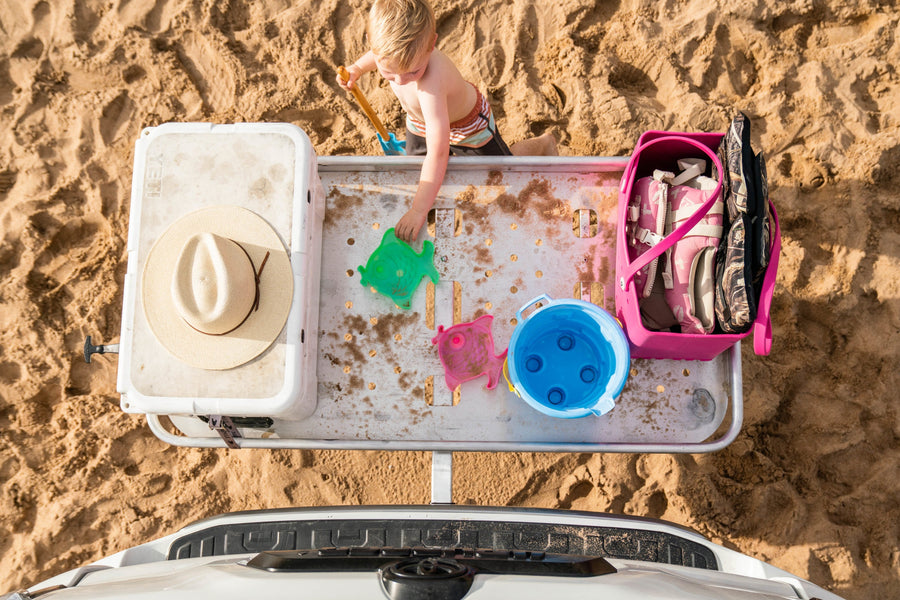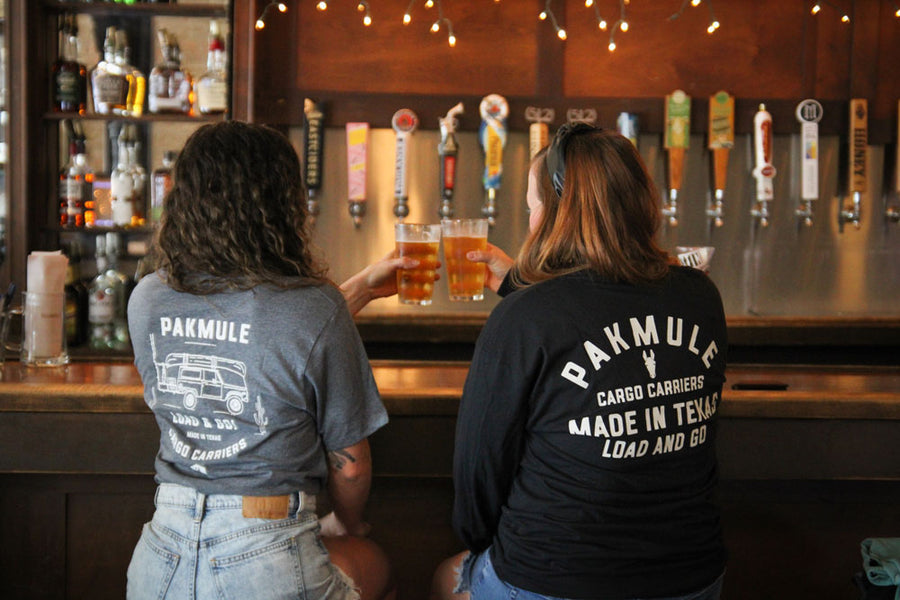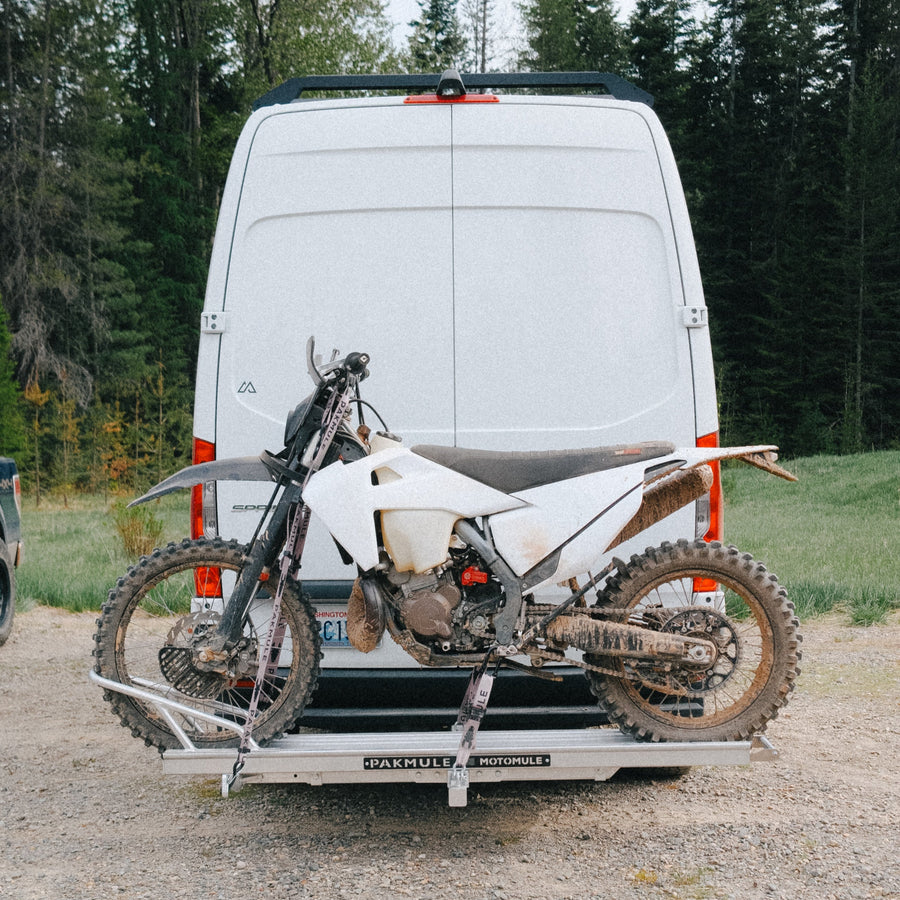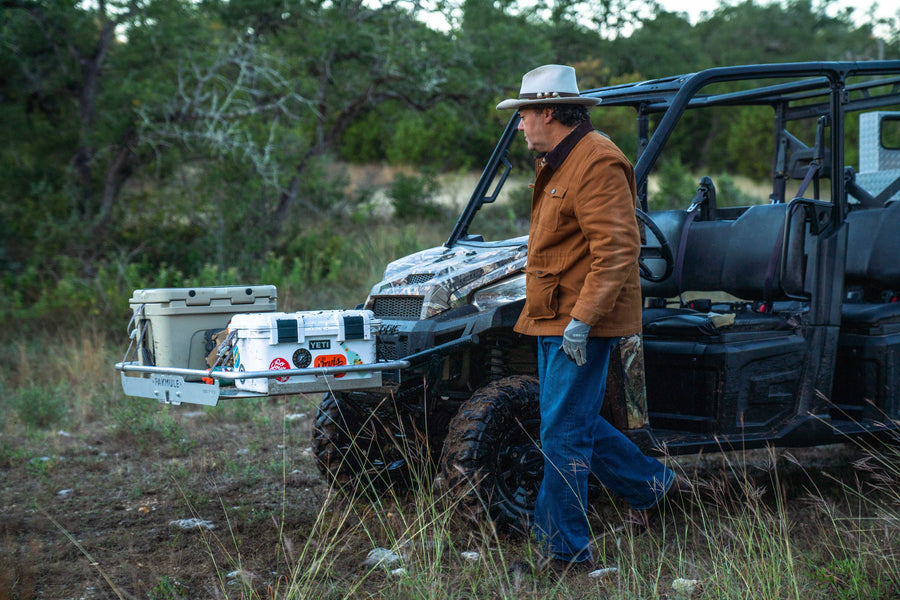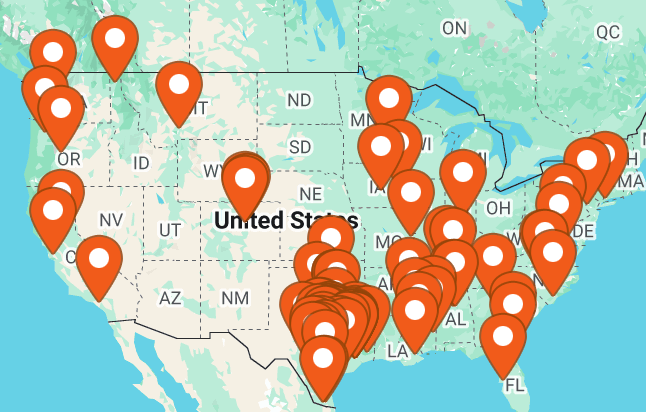Testing the Limits with Connor Gabbott
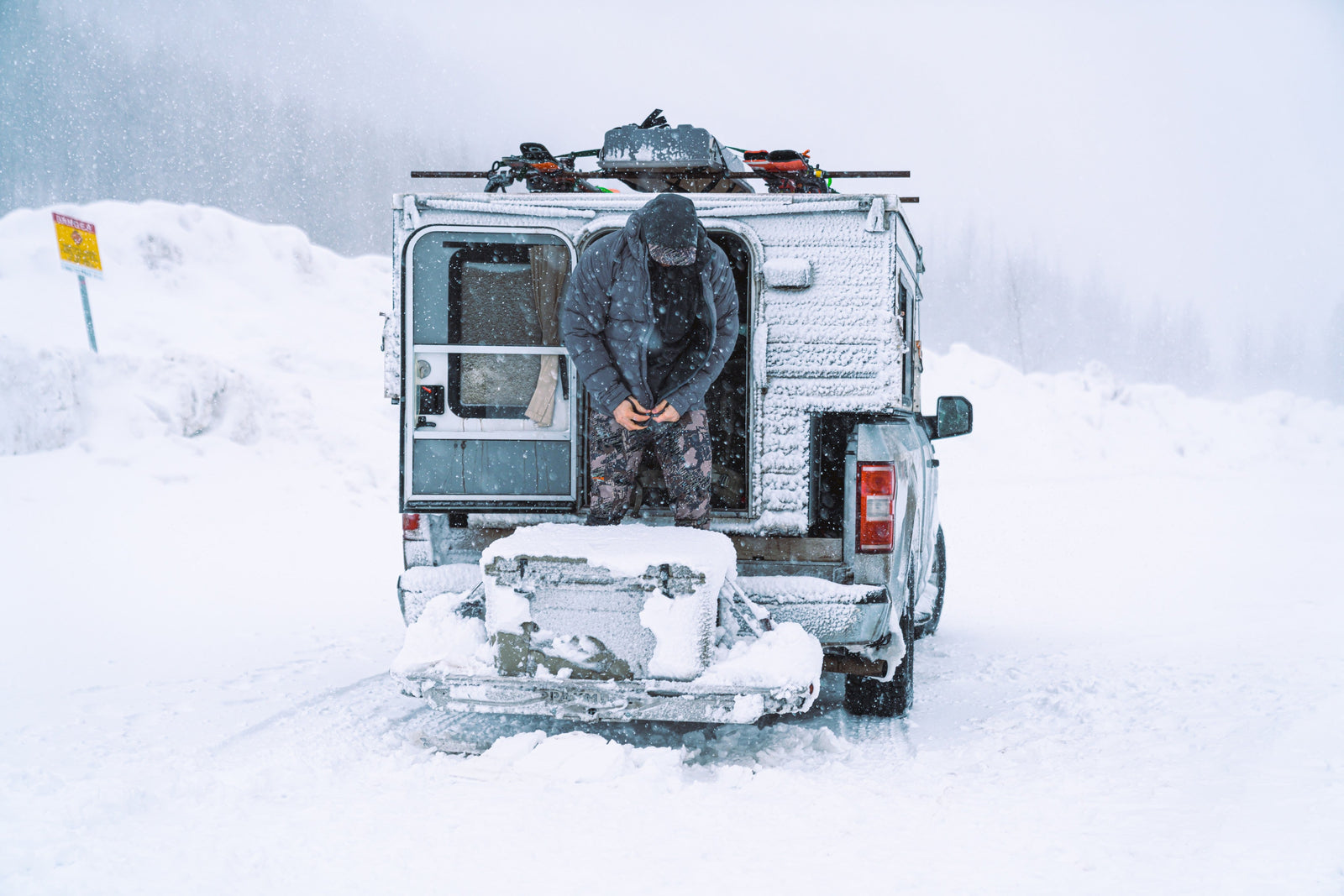
As the fall hunting season winds down and most hunters are putting their gear away for the last time, a group of friends and I are dialing in our gear and sorting out the final pieces of logistics for what is undoubtedly our biggest hunt of the year. Any way you cut it: time, distance travelled, gear required or danger, winter mountain goat in Northern B.C. packs the onion more than any other hunt.

The hunt is miserable at best. Temps rarely rise above single digits and there isn’t a single moment of comfort to be had out there. Despite all that, a couple days after Valentines day this year, two friends and I were loading our gear into my buddies camper and cinching down the straps on the PAKMULE. We had almost 1,000 miles of driving ahead of us.
As we worked our way north the roads became slicker and we made the decision to break up the long drive with a couple short ski tours. Partly to stretch our legs but mostly to get our feet used to our ski boots again. After testing a bunch of different modes of travel over the years, we had settled on ski touring setups as being the most efficient way of getting into winter goat country.
Our camper took on many roles on our multi-day trip north. Road side sleeping quarters, ski shop and roadside diner to name a few. We setup our stove on our YETI cooler and slung out sourdough grilled cheeses and hot chocolates after every ski tour. I challenge anyone to find me a better post ski recovery meal.
 |
|
 |
After a couple days of road tripping, we found ourselves in our goat hunting zone, staring up at a massive glacier with limited snowpack coverage and even less viable routes up it. Our plan was to ski up the glacier and access the goats from the top but on this hunt you are always at the whim of the weather conditions. As class 1 and 2 avalanches tumbled down the mountain in front of us, we strategized a new, less spicy approach.
Morning of insertion we geared up on the PAKMULE, threw a final coat of wax on the skis and loaded up our packs. It would take us a day and a half to ski our way along the shoulder of a river and into the valley we would hunt. On the steep sections, we swapped skis for snowshoes, and just boot packed it.

From our camp in the valley we watched small pockets of goats trudge through deep snow on the mountainsides. They moved between cliffs, bluffs and pockets of Christmas trees in search of scraps of food that had been exposed by blowing winds or snow melt. It’s a hard scrabble life out there in the winter and mountain goats never cease to impress with their ability to eek out an existence on the absolute fringes of mountain environments.
One afternoon we watched a group of goats effortlessly cross a massive drainage and set themselves up in an area that was within our reach and the hunt was on. The next morning we swapped skis for snowshoes and started the slow climb up through the old growth, hoping to break out of the trees within striking distance. After a couple hours of post hole-ing and digging our way up the mountain we broke out from the trees and watched a handful of goats at 400 yards. We needed to be closer and it was wide open avalanche terrain between us and them. We hunkered down under a big tree and watched the goats through our glass.
The days in February are short and as the light started to fade we could only sit there and watch as the goats continued to sit just outside our range. Lady luck had abandoned us on the mountain that day. We reluctantly strapped on the snowshoes and bombed backdown the mountain to a warm dinner of boil in a bag.
 |
 |
 |
Over the next couple days more avalanches came crashing down onto the floor of the valley we were camped in. We watched the last day of the season get closer without a safe window to make another attempt up the mountains. On most hunts, our gear allows us to keep going in almost weather conditions but all the gear in the world doesn’t make it safe to climb mountains in one of B.C.’s worst avalanche years in a decade. It was time to admit defeat this year.
We skied out of the unit lighter on hunting opportunities than we had hoped for but we were skiing out in one piece and with a little more experience under our belts. When it comes to winter mountain goat, success isn’t determined by tags cut but rather experience gained and lessons learned. At the heart of it, that may be what makes us keep going back year after year. This shoulder season hunt forces us to learn new skills, use different modes of travel and keeps us humble.
-Connor Gabbott, PAKMULE Ambassador


